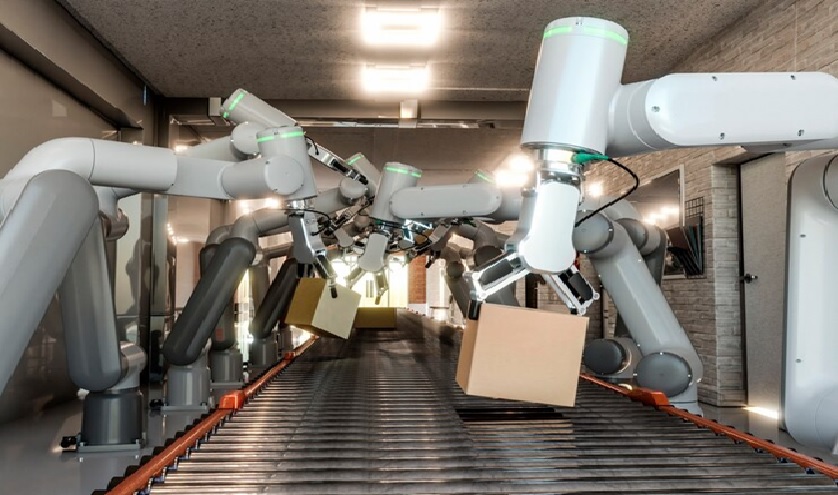Modern manufacturing technology plays a vital role in modern industrial production as it enables manufacturers to achieve accuracy, productivity, and high throughput. However, to attain the best performance and durability of the product, maintenance plays a significant role.
However, even when a firm invests in sophisticated machines with high levels of automation, it can suffer from unpredictable breakdowns that result in significant losses in terms of time, money, and product quality. This article focuses on one of the most vital aspects of production – proper maintenance of high-tech manufacturing equipment and offers some guidelines on how this can be done most effectively.
1. Ensuring Operational Efficiency
Proper maintenance aids in keeping high-tech manufacturing equipment in optimal condition. Through regular inspection and maintenance of these parts, the likelihood of wear and tear is managed so that it does not develop into a bigger issue. This preventive measure not only helps to increase the durability of the tool but also guarantees that the production process will be continuous and free from disruptions.
2. Reducing Downtime and Costs
Specifically, a breakdown of machinery reduces the output, stops production, and leads to certain financial losses. This way, routine maintenance checkups enable one to pinpoint any problems that may be looming thereby minimizing instances of a total system failure. Preventive maintenance is considered financially sensible since it eliminates or drastically reduces the overall cost of repairs as well as the time lost due to equipment breakdowns.
3. Supporting Long-Term Sustainability
There is growing interest in sustainable manufacturing practices within the industrial industry. Proper care of technological components helps reduce waste by ensuring that technological products have long-term durability. Machines are kept in better operating conditions hence they use less power and cause less harm to the environment. Furthermore, early industrial equipment repair often means that the equipment does not have to be replaced as frequently, therefore increasing sustainability.
4. Enhancing Product Quality
Repeatability or the ability of high-tech manufacturing equipment to produce identical or similar products with desirable characteristics determines quality. To sustain the quality of production the machinery must be well maintained to perform to the expected level of capacity.
For example, calibration of the Ultratech Stepper, an effective photolithography system, is crucial for fine Semiconductor patterns. By conducting regular inspections and calibrations, the quality of the products is maintained at the highest levels required in manufacturing.
5. Improving Safety Standards
Most high-tech manufacturing equipment is used at high temperatures and high velocities, and this makes them dangerous if not well maintained. Maintenance checks are conducted frequently so that any problem that may cause an accident or a dangerous condition is corrected immediately. Through proper maintenance schedules, manufacturers can arrive at a safer environment for employees to work in, as well as meet the regulatory requirements on safety.
Conclusion
Maintenance of high-tech manufacturing equipment is not merely a matter of choice, but a vital need to optimize manufacture and costs, improve product quality, augment safety, and promote sustainability. It is evident from the above discussion that manufacturers stand to gain from the increased reliability and productivity of their machines when they embrace regular maintenance.

